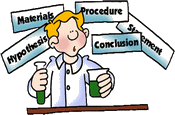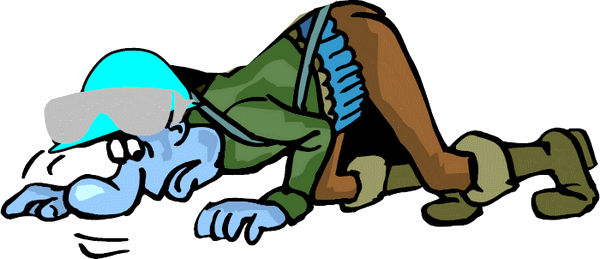

Nitrogen
CAN YOU SEE OR SMELL THE INVISIBLE KILLER?
No!
- how are you sure it is safe to enter..
- What are your precautionary measures before entry..
- Do you carry a portable gas detector that beeps if oxygen falls below 19%..
- Do you have a standby attendant..
- Do you know that you can be overcome by N2 by just looking into the manhole without wearing breathing apparatus..
- Never put your head into open connections of storage tanks, columns, flange connections etc.

The atmosphere we live in, the air we breathe every day consists of 78% Nitrogen, 21% Oxygen and 1% traces of other gases. But only oxygen is vital and essential to human beings for respiration/survival. Without sufficient oxygen, i.e. if oxygen level falls below 16%, we will die of asphyxiation.
| Oxygen (%vol) |
Effects and Symptoms |
| 23.5 | Maximum "Safe Level" (23% is often the High level alarm of most O2 detectors) |
| 21 | Typical O2 concentration in air |
| 19.5 | Minimum "Safe Level" (19% is often the Low level alarm of most O2 detectors) |
| 15-19 | First sign of hypoxia. Decreased ability to work strenuously. May induce early symptoms in persons with coronary, pulmonary or circulatory problems |
| 12-14 | Respiration increases with exertion, pulse up, impaired muscular coordination, perception and judgment |
| 10-12 | Respiration further increases in rate and depth, poor judgment, lips blue |
| 8-10 | Mental failure, fainting, unconsciousness, ashen face, blueness of lips, nausea, vomiting, inability to move freely |
| 6-8 | 6 minutes - 50% probability of death, 8 minutes - 100% probability of death |
| 4-6 | Coma in 40 seconds, convulsions, respiration ceases, death |
What is an Asphyxiant..
- A chemical (gas or vapour) that can cause death or unconsciousness by suffocation.
- Simple aphyxiants such as nitrogen, displace oxygen in air.
- They become especially dangerous in confined or enclosed spaces.
- Chemical asphyxiants, such as carbon monoxide and hydrogen sulfide, interfere with the body's ability to absorb or transport oxygen to the tissues.
Hazards of Nitrogen Asphyxiation